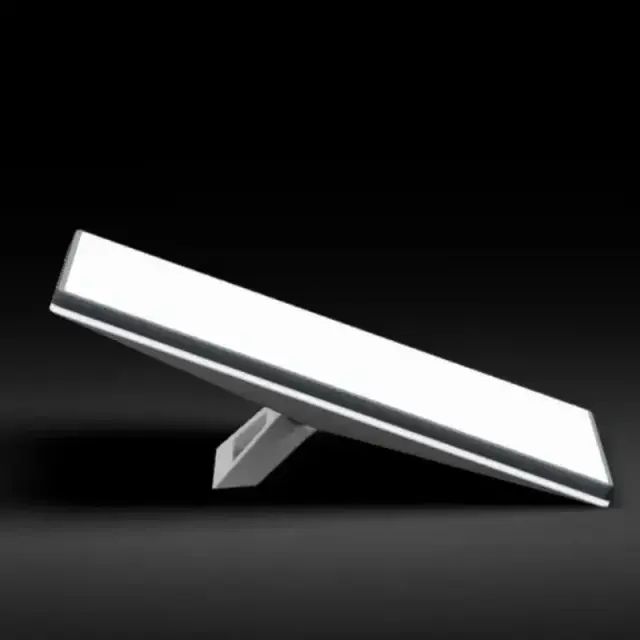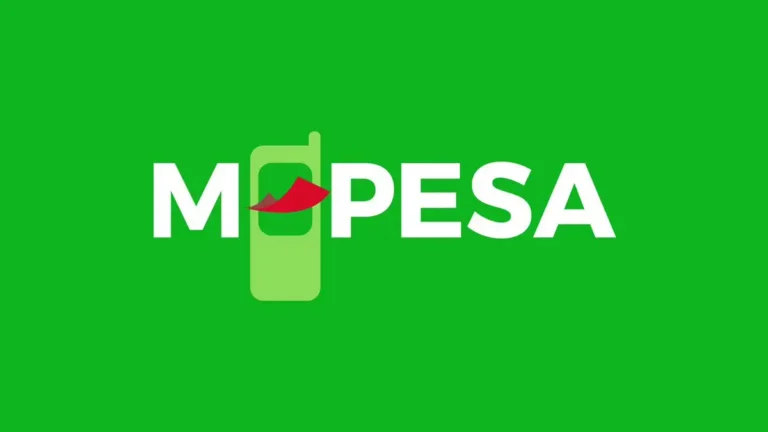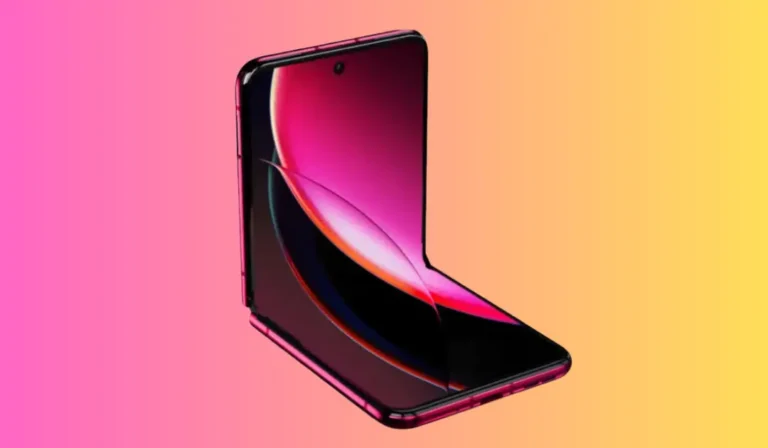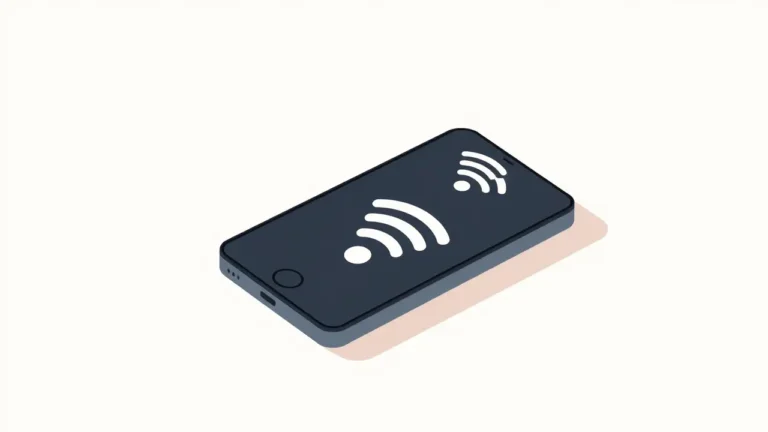Are you trying to decide between Starlink Mini and Starlink Standard?
Starlink’s entry into the market in July 2023 has sparked interest, and with the Mini Kit officially available in Kenya, many Kenyans are wondering if its as good as the Standard Kit.
Starlink Mini vs Standard
Let’s break down the key differences to help you make the best choice for your satellite internet needs.
1) Size and portability for Kenyan users
The Starlink Mini is significantly smaller and lighter than the Standard version. This makes it ideal for:
- Kenyan entrepreneurs who travel frequently
- Safari tour operators in remote areas
- NGO workers moving between rural communities
If you’re based in one location, like a home in Nairobi or a business in Mombasa, the Standard version might be more suitable.
2) Power considerations in Kenya
Kenya’s power infrastructure varies greatly between urban and rural areas.
- Mini: Consumes about 25 to 40 watts, making it more energy-efficient and easier to power in mobile situations.
- Standard: Requires between 75 to 100 watts, which can complicate setups in mobile environments like vans
The Mini’s lower power requirements are advantageous for:
- Off-grid homes in counties like Turkana or Marsabit
- Businesses looking to reduce electricity costs
- Areas prone to power outages
The Standard version, while more power-hungry, might be better for areas with stable electricity supply, such as parts of Nairobi or Kisumu.
3) Router setup for Kenyan households
The router setup differs between the two versions:
- Mini: Comes with a built-in WiFi router
- Standard: Includes a separate Gen 3 WiFi Router
For many Kenyan households, the Mini’s all-in-one solution could be simpler to set up and maintain. However, tech-savvy users in urban areas might prefer the Standard’s separate router for more customization options.
4) Performance comparison for Kenyan internet needs
When it comes to speed:
- Mini: Typically offers download speeds around 50-100 Mbps
- Standard: Can achieve higher speeds (upwards of 250 Mbps)
For many Kenyans, the Mini’s speed is sufficient for:
- Browsing social media
- Streaming local content on platforms like Showmax
- Video calls with family abroad
However, if you’re running a tech startup in Nairobi’s Silicon Savannah or need faster speeds for large file transfers, the Standard is a better fit.
Upload Speeds:
- Both models provide similar upload speeds of approximately 5 to 20 Mbps, but the standard model may perform better under heavy usage conditions.
5) Best use cases in Kenya
1) Mini:
- Perfect for mobile clinics serving rural areas
- Great for temporary setups at events like the Nairobi International Trade Fair
- Ideal for researchers working in national parks
2) Standard:
- Better for permanent installations in homes or offices
- Suited for schools or universities with high bandwidth needs
- Ideal for businesses in areas with poor traditional internet infrastructure
6) Coverage area
The coverage area is a crucial factor when choosing between Starlink Mini and Standard, especially for Kenyan users with varying needs:
- Starlink Mini:
- Covers approximately 30 square meters
- Ideal for smaller spaces like:
- Apartments in Nairobi or Mombasa
- Small offices in urban areas
- Mobile setups for events or temporary locations
- Starlink Standard:
- Covers up to 100 square meters
- Better suited for larger areas such as:
- Spacious homes in suburbs like Karen or Runda
- Larger office spaces in business districts
- Schools or community centers in rural areas
7) Field of view and environmental tolerance
Both models have a similar field of view (110 degrees) and are rated IP67 for dust and water resistance, ensuring they can withstand various environmental conditions
Starlink Mini vs Standard (Comparison table)
| Feature | Starlink Mini | Starlink Standard |
|---|---|---|
| Size | Compact | Larger |
| Download Speed | 50 – ~100 Mbps | 50 – 250 Mbps |
| Upload Speed | 5 – 20 Mbps | 5 – 20 Mbps |
| Power Consumption | 25 – 40 watts | 75 – 100 watts |
| Integrated Wi-Fi | Yes | No (separate router included) |
| Weight | ~1.1 kg | ~2.9 kg (dish only) |
| Pricing (Kit) | KES 27,000 | KES 44,000 |
Comparing costs with local providers
Starlink’s pricing in Kenya is competitive:
- A 50GB monthly data plan costs Ksh 1,300
- This is significantly lower than the average Ksh 3,000 charged by local ISPs
- For unlimited plan, Starlink offers a KES 6,500 plan.
However, it’s important to consider the initial equipment cost when comparing with providers like Safaricom or Zuku.
Competition with local providers
Safaricom, Kenya’s leading telco, has responded to Starlink’s entry by increasing its Wi-Fi speeds up to 500Mbps.
This competition is beneficial for Kenyan consumers, potentially leading to better services and lower prices across the board.
Making your choice in Kenya
When deciding between Starlink Mini and Standard, consider:
- Your location (urban vs rural)
- Power availability
- Internet speed requirements
- Budget constraints
Both options offer high-speed internet in areas where traditional providers struggle, which could be a game-changer for many Kenyans.
Remember, while Starlink offers exciting possibilities, it’s worth comparing with local providers like Safaricom, Zuku, or Faiba to ensure you’re getting the best deal for your specific needs in Kenya.



